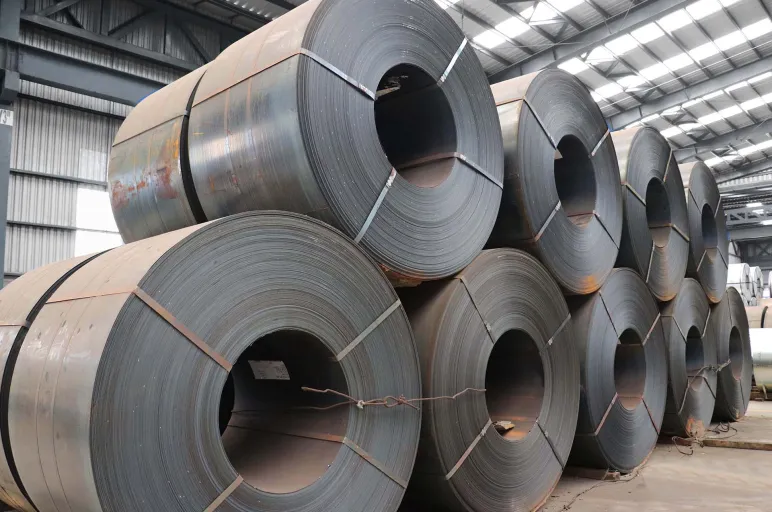
Will Tariffs Cripple Direct Material Supply? (And Why You Must Get a Unified S2P Solution)
- As tariff uncertainty grows, businesses look for ways to maintain a steady supply of direct materials critical to production.
- To mitigate potential risks, they must replace manual procurement processes with an intelligent S2P solution.
- Such a solution can provide end-to-end supply chain visibility and identify affected categories or suppliers instantly.
September 26, 2025 | Procurement Software 4 minutes read
Let’s begin by looking at the example of a leading U.S. garment manufacturer that has always relied on raw material imports from Asia to maintain profitability as well as product quality. Now, after the announcement of increased tariffs, the manufacturer realizes that the same amount of raw material will now cost him more than double.
The manufacturer can either procure raw materials at double the cost or must explore new suppliers based in other regions.
But with new suppliers, he may not get the same quality and prices. What’s his best option in these circumstances? Well, this isn’t an easy decision.
Like the above example, tariffs have hit manufacturers in several industries including automotive, electronics, pharma and life sciences, and retail. Many of these manufacturers rely on raw material imports from Asian countries.
How to maintain a steady supply of direct materials is today the top priority for manufacturers across industries. These materials are used in the production of the final product.
Amid rising tariffs and trade wars, there is a big risk of supply disruptions, especially if suppliers operate in a tariff-hit region.
What should manufacturers do now to mitigate the tariff impact? How can they ensure a steady supply of direct materials for production?
Short-term disruptions are likely, but it’s important for manufacturers to look beyond and think of the bigger picture. They must reassess their sourcing strategies in the long term.
Tariffs Aren’t the Only Challenge
While tariffs are set to impact input costs, they are not the only challenge in direct material sourcing. The biggest challenge is a lack of visibility into key data such as supplier risk and performance, forward pricing, market index impact, demand fluctuations, supply constraints and supply chain network.
Poor communication between product development, engineering and quality control further hampers direct material sourcing. Manufacturing processes can often be complex, involving the sourcing of complex parts and part relationships. Teams face difficulty in estimating full product and component costs.
Then there is the constant pressure to incorporate sustainability metrics in direct material sourcing practices. This is important not only from a regulatory perspective but also to meet the growing expectations of consumers. Additionally, the need to innovate and introduce new products makes it even more vital to have a resilient strategy for direct material sourcing.
Looking to Build a Robust Sourcing Strategy to Deal with Rising Tariffs?
How S2P Addresses Direct Material Sourcing Challenges
As manufacturers rely heavily on raw material imports, tariff changes are set to impact not just profit margins but also supply and operational continuity. Hence, for direct sourcing teams, the ability to rapidly sense market changes, plan scenarios and implement mitigation strategies is now critical. In this endeavor, they must leverage a unified Source-to-Pay (S2P) solution to navigate through these uncertain times.
With a unified S2P solution, they can actively prepare with:
• Real-time spend analysis
Identify affected categories or suppliers instantly and prioritize areas for renegotiation or alternate sourcing.
• Supplier risk management
Map dependency and exposure to global suppliers and build diversified supply chains with built-in backup options.
• End-to-end visibility
Connect sourcing, procurement, finance, and supply chain for coordinated action across the organization.
• Forecasting and Scenario Planning
Use built-in analytics to model “what-if” tariff scenarios and plan mitigations before a disruption.
• Automation
Accelerate everything – from supplier onboarding to contract management – reducing lag between disruption and response.
• Supplier collaboration
Work with suppliers in real time to adjust delivery schedules, pricing, and sourcing terms, minimizing cost shocks.
Navigating Trade, Tariff and Policy Shifts
Get a practical action plan to build a resilient supply chain
The Stakes Are Too High
In the absence of a S2P solution, direct sourcing teams do not have real-time visibility by category and origin. They miss the opportunity to contain rising costs or proactively adjust sourcing and contracts. Lack of supplier risk data leaves them blindsided when a tariffed supplier causes a halt in production.
Without automation and integrated workflows, teams can’t pivot quickly to new suppliers or modify their sourcing strategies quickly. They also lack data and insights to effectively negotiate with suppliers. Also, when there are different systems for procurement, finance and supply chain, teams operate in silos, which leaves them misaligned and costs time and money.
Finally, as tariff environments are unpredictable and evolving, a wait and watch isn’t always the best policy. At the same time, reacting impulsively is equally risky.
The solution lies in investing in resilience — through latest procurement technology — and building the flexibility and agility needed to weather uncertainty.



